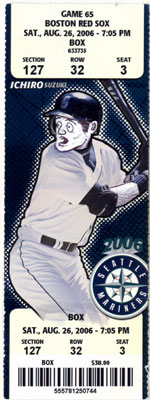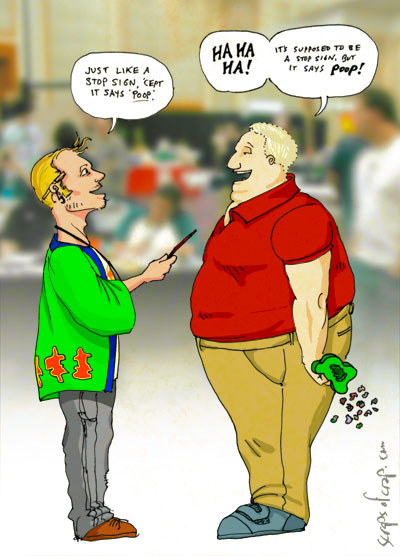
Blog
Drawing: can’t wait for convention season again

Inspired by — and drawn during — an actual encounter between Chris Yates and an enthusiastic fan at the Stumptown Comics Fest in Portland, Oregon. Background photo by Yates.

Inspired by — and drawn during — an actual encounter between Chris Yates and an enthusiastic fan at the Stumptown Comics Fest in Portland, Oregon. Background photo by Yates.